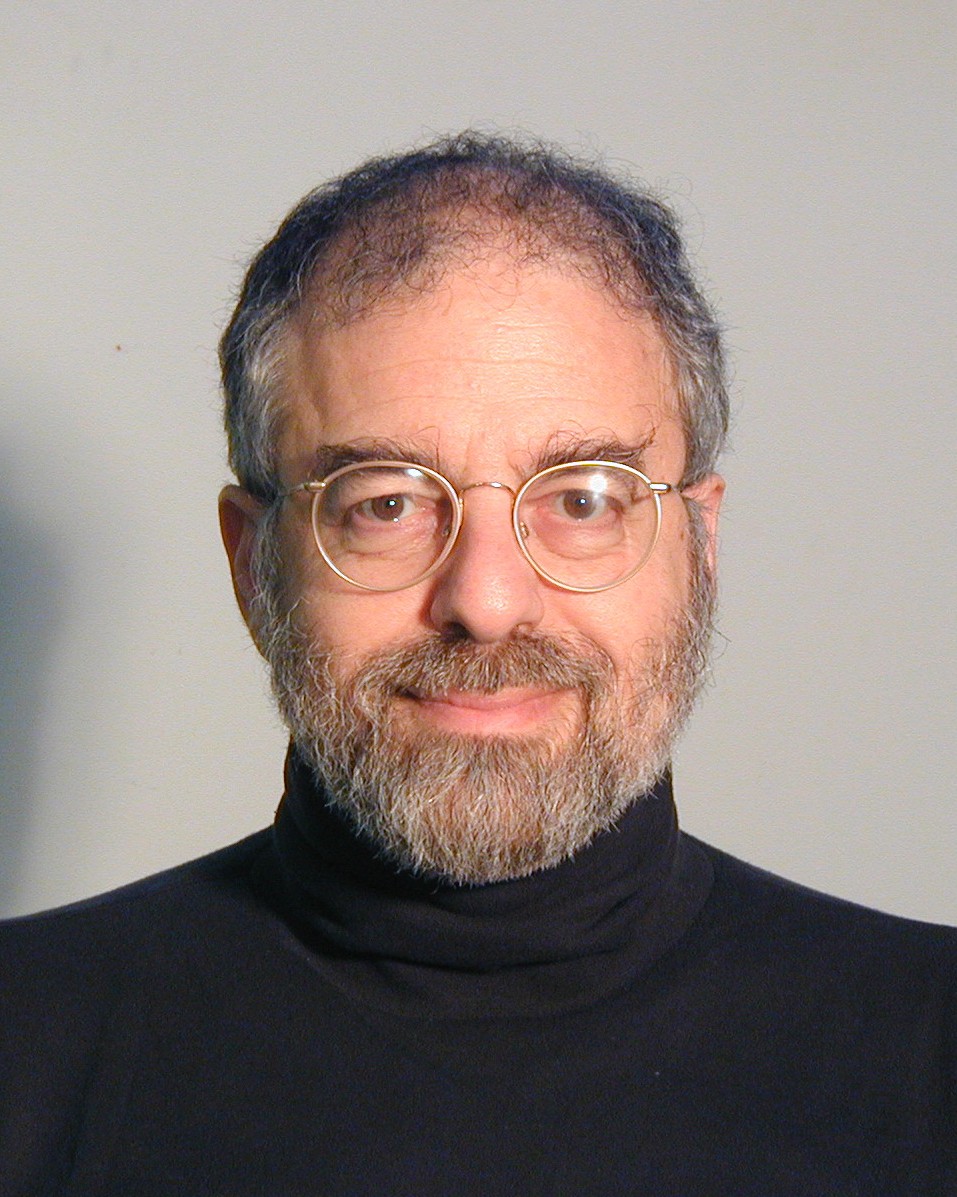- unknown (b.)
Bio/Description
An American user-interface and information-visualization designer, as well as a computer graphics artist, he was always interested in science and technology, as well as visual communication. He grew up in Omaha, Nebraska in the 1950s and was interested in astronomy and paleontology, as well as drawing cartoons. He also learned painting and calligraphy. In secondary school he studied science and art, and was editor of his high-school newspaper. He obtained his BA in Physics at Princeton University in 1965 and his BFA and MFA in 1968 at Yale University?s School of Art and Architecture. His studies focused on painting, drawing, printmaking, and letterpress printing workshops informally, photography, and art history. He also learned about book design, calligraphy, color, graphic design, drawing, film making, printing, printmaking, painting, typography, and photography. At Yale; while a design graduate student, he also began the study of computer graphics; taking a course in basic functioning of computers, and he learned FORTRAN programming at the Yale Computer Center in the summer of 1966. In 1967, he became the world's first graphic designer to be involved full-time in computer graphics as a summer researcher at AT&T?s Bell Laboratories in Murray Hill, New Jersey. From 1968 to 1977, in the School of Architecture and Urban Planning and in the Visual Arts Program, he taught at Princeton University subjects including color, computer art, computer graphics, concrete, visual poetry, environmental graphics, exhibit design, graphic design, history, philosophy of design, visual communication, information design, information visualization, layout, publication design, systematic design, semiotics, semiology, typography, and visual design. In 1969-71, he programmed a prototype desktop publishing page-layout application for AT&T Bell Labs. In 1971-73, he programmed some of the first virtual reality art/design spaces ever created while a faculty member at Princeton University. In 1978, he directed an international team of visual communicators as a Research Fellow at the East-West Center in Honolulu in order to design a non-verbal means of communicating global energy information to heads of state, to professionals from many disciplines, and to the general public. In the early 1980s, he was a Staff Scientist at Lawrence Berkeley Laboratory in Berkeley, as well as a faculty member of the University of California at Berkeley?s College of Environmental Design. In 1982, he founded Aaron Marcus and Associates, Inc. (AM+A), a user-interface design and consulting company, one of the first such independent, computer-based design firms in the world, where he is currently President and Principal Designer/Analyst. Since 1992, he has turned his attention to mobile devices, the Web, cross-cultural communication, and helping the industry to learn about good user-interface and information visualization design. He has proposed a ?modest plan to save the US economy?. His redesign of US currency involves the US Treasury Department?s allowing anyone?s face to appear on the front of US currency and any corporate logo on the back, provided each sponsor pays $100 million to the US Treasury. If 7,000 wealthy people and corporations sign up worldwide, that would raise $700 billion for the US Government, about half the 2010 fiscal deficit or about the amount that the government paid for a recent economic bailout. This design project provides an incentive to wealthy individuals and companies to give part of their wealth back to the US Government without being directly taxed in exchange for PR benefits. Grandparents might want to see their grandchildren featured. Entertainment stars and political leaders could see their faces everywhere. This idea recognizes that one of the US? greatest exports is its US currency. His design was one of several finalists in a private competition to redesign the US currency. ABC News interviewed Aaron Marcus about his Customized Currency (or Vanity Bucks) project for their nationally broadcast ?Evening News with Diane Sawyer?. The American Institute of Graphic Arts posted his essay about his project, and a YouTube video explains the idea. Mr. Marcus has written over 250 articles.
-
Gender:
Male -
Noted For:
Programmed some of the first virtual reality art/design spaces ever created (1971-73) and founder of one of the first independent, computer-based design firms in the world (1982) -
Category of Achievement:
-
More Info:


